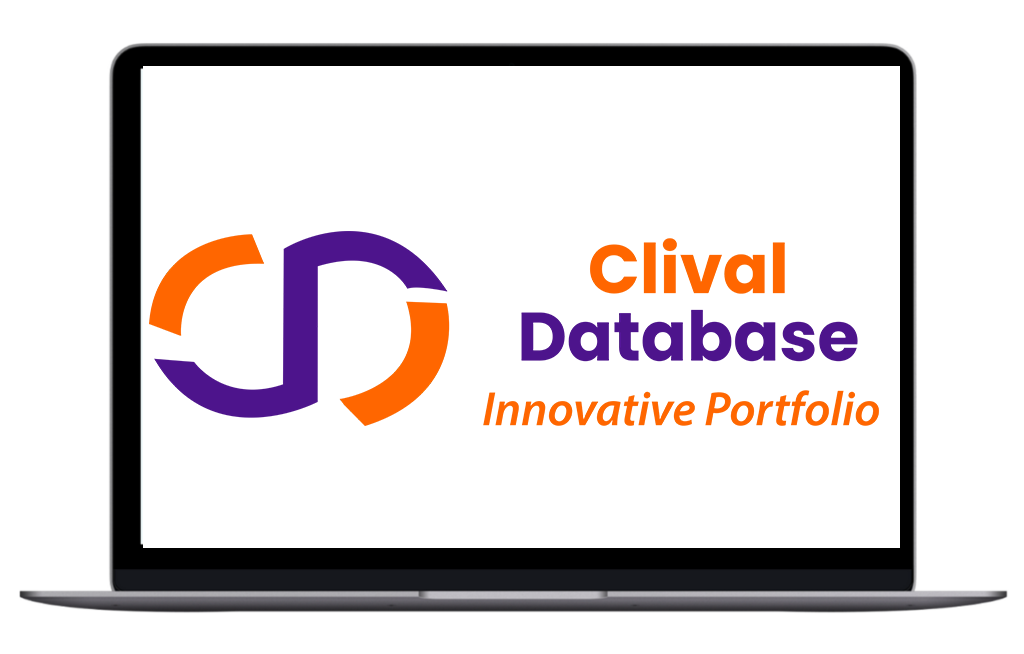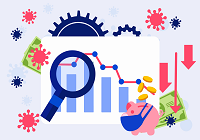Clinical Research Phases and the Path to Drug Approval
The journey of a new drug from the laboratory to market is a long and complex process. It requires rigorous testing, regulatory oversight, and a clear understanding of the clinical drug development phases to ensure that the drug is safe and effective for public use. This article will outline the key phases of clinical drug development shedding light on each stage and what it takes to bring a drug to market.
Understanding the Drug Development Process
The process of developing a new drug is an intricate and multi-step endeavor that typically takes years to complete. The journey begins with drug discovery and development phases, which explore potential drug candidates, and then moves into clinical trials, regulatory reviews, and ultimately, market approval. Below, we’ll dive deeper into each of these key phases of drug discovery and development.
1. Drug Discovery and Preclinical Testing
The first stage of the drug development process phases begins in the laboratory and is focused on discovering new drugs. This involves identifying potential drug targets, such as proteins or enzymes in the body that can be modified by drugs, and screening large libraries of chemical compounds to find those that may affect the target in a desired way. This is referred to as the drug discovery phase.
Once potential drug candidates are identified, they enter preclinical testing. In this phase, researchers use cell cultures, animal models, and computer simulations to assess the safety, efficacy, and toxicity of the drug candidates. If a drug shows promise in these initial tests, it moves into clinical trials, which are the focus of the next phases of development.
2. Phase 1: Clinical Trials - Safety Testing
Phase 1 of clinical trials is the first time a drug is tested on humans. The primary goal during this stage is to evaluate the safety of the drug, understand how it is absorbed and metabolized in the body, and determine the appropriate dosage.
- Participants: This phase typically involves a small group of healthy volunteers (20-100 people).
- Focus: The focus is on understanding the drug’s side effects, safety profile, and how it is processed by the body.
- Duration: Phase 1 can last several months.
Researchers carefully monitor the participants for adverse effects, and if the drug proves to be safe, it progresses to the next phase.
3. Phase 2: Clinical Trials - Efficacy and Side Effects
In Phase 2, the drug moves into a larger group of participants who have the disease or condition the drug is intended to treat. The goal of this phase is to evaluate the drug’s effectiveness, as well as to continue monitoring safety and side effects.
- Participants: Typically, 100-300 patients who have the condition the drug aims to treat.
- Focus: The primary focus is to determine whether the drug works as intended, while continuing to monitor safety and adverse reactions.
- Duration: Phase 2 can last anywhere from several months to a couple of years.
Researchers often look for the optimal dose that offers the most benefit with the fewest side effects. If the drug shows promise in treating the condition, it will move to Phase 3.
4. Phase 3: Clinical Trials - Large-Scale Testing and Final Approval
Phase 3 is the most extensive phase of clinical trials and is crucial in determining whether a drug is effective for widespread use. This phase involves testing the drug in large populations, typically in diverse geographic locations, to ensure the results are applicable to different populations.
- Participants: Several hundred to several thousand patients are involved in Phase 3 trials.
- Focus: This phase primarily focuses on the long-term efficacy of the drug, monitoring its effectiveness over extended periods, and assessing rare side effects that may not have appeared in earlier phases.
- Duration: Phase 3 can take several years to complete.
Data from this phase is crucial for the phases of drug discovery and development because it provides the evidence needed to determine if the drug should be approved for public use. Once the drug shows consistent and positive results, the company prepares to submit the results to regulatory agencies, such as the FDA, for review.
5. Phase 4: Post-Marketing Surveillance
Once a drug is approved by regulatory agencies and enters the market, it enters Phase 4, or post-marketing surveillance. In this phase, the drug is monitored in real-world conditions to identify any long-term effects or previously undetected side effects. This phase is essential because it continues to ensure patient safety even after the drug has been launched commercially.
- Participants: The entire population of patients using the drug.
- Focus: The focus is on monitoring the long-term safety and efficacy of the drug, including identifying rare side effects or interactions with other medications.
- Duration: Phase 4 continues indefinitely, as long as the drug remains on the market.
During this phase, pharmaceutical companies may be required to update labels, revise dosing recommendations, or even withdraw a drug from the market if serious safety concerns arise.

The Importance of Data Providers in Clinical Drug Development
The success of each of the clinical drug development phases hinges on accurate, up-to-date data. Access to reliable pharmaceutical data sources and pharmaceutical data providers is critical for making informed decisions at each step of the drug development process. For example:
- Clinical trial data: Ensuring that all trials are conducted according to the latest scientific protocols and regulations.
- Market trends and patient demographics: Understanding the demand for new treatments and assessing market potential for new drugs.
- Regulatory compliance: Navigating the complex regulatory environment to ensure the drug passes all necessary legal and health safety standards.
Having access to a robust active pharmaceutical ingredient database is also crucial for sourcing quality ingredients and ensuring that the drug is made with the best available raw materials.
The Path to Drug Approval
After successfully completing all the phases of clinical drug development, the next step in the drug development process phases is submitting the data to regulatory authorities. In the United States, this is done through the New Drug Application (NDA) process, where the pharmaceutical company submits all clinical trial data, manufacturing information, and evidence of the drug's safety and efficacy.
The regulatory agency will review the data, conduct its own evaluation, and may request further studies or information before granting approval. Once approved, the drug enters the market, and ongoing monitoring ensures continued safety and efficacy.
Conclusion
The path to drug approval is a rigorous, multi-phase journey that requires extensive research, testing, and oversight. As we’ve outlined, the drug development process phases provide the necessary framework for evaluating drug safety, efficacy, and long-term impacts. With the right clinical trials, data sources, and regulatory compliance, the pharmaceutical industry can continue to advance, bringing new and innovative treatments to patients in need.
Frequently Asked Questions

Optimize Your trial insights with Clival Database.
Are you exhausted from the uncertainty of trial insights pricing? Clival Database ensures the clarity in the midst of the global scenario for clinical trials to you.Clival Database is one of the best databases that offers an outstanding number of clinical trial data in terms of 50,000+ molecules and from primary regulatory markets as well as new entrants like Indian and Chinese markets.
Elevate your trial success rate with the cutting-edge insights from Clival database.
Check it out today and make more informed sourcing decisions! Learn More!







